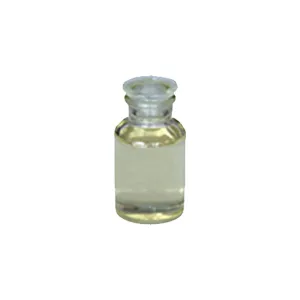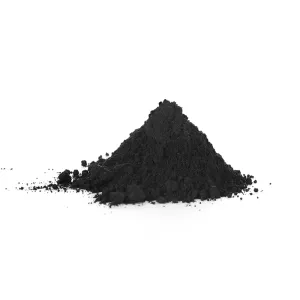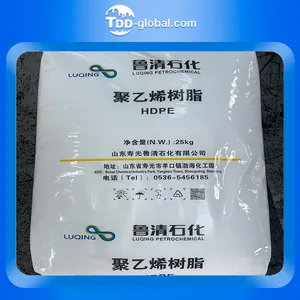Sponge titanium: Sponge titanium is the raw material for titanium processing materials. Generally light gray particles, with a clean surface and no visually visible inclusions, and also includes defective titanium sponge blocks.
Physical and chemical properties of sponge titanium: Sponge titanium mainly has the following main physical and chemical properties, including appearance, melting point, boiling point, relative density, purity and hardness, etc., as follows:
From the perspective of production process, there are three main methods for preparing titanium sponge: boiling chlorination, molten salt chlorination and shaft furnace chlorination. Boiling chlorination is the main method for producing titanium tetrachloride (adopted in China, Japan, and the United States), followed by molten salt chlorination (adopted in CIS countries), and shaft furnace chlorination has been eliminated. Boiling chlorination generally uses high-grade titanium-rich materials with low calcium and magnesium content as raw materials, while molten salt chlorination can use raw materials with high calcium and magnesium content.

Sponge titanium industry chain:

Sponge titanium grade standard:
Sponge titanium can be divided into seven grades according to different purity and properties. The higher the purity, the better the quality of the sponge titanium and the more expensive the corresponding price. Titanium for aerospace generally uses sponge titanium of grade 0 and above.

Precautions for storage and transportation of titanium sponge:

Future development trend of titanium sponge production technology:

China's titanium sponge production and market operating rate in recent years:
At present, there is still a big gap between China's zero-grade product rate and foreign countries, and it cannot fully meet China's raw material needs in high-end fields. While China's titanium sponge production is growing, the balance between quality and cost continues to plague titanium sponge production companies. Several major titanium sponge production companies in China are producing aviation grade small-particle sponge titanium. However, due to constraints such as finished product yield and product stability, aviation and sponge titanium production are low and costs are high. At present, despite the total overcapacity of titanium sponge in China, high-end aviation grade titanium sponge is still in short supply.


China's titanium sponge industry has developed rapidly in recent years and has changed from a net importer to a net exporter. After 2007, China's foreign demand for sponge titanium has grown rapidly, and production capacity and output have also increased rapidly. However, the demand for titanium materials downstream of sponge titanium has not increased year-on-year, resulting in generally low capacity utilization. There is overcapacity at the low-end and insufficient at the high-end.
Introduction to downstream titanium materials: Titanium processing materials are made by melting sponge titanium (or sponge titanium plus alloy elements) to form titanium ingots, and then cast by plastic processing methods such as forging, rolling, and extrusion. Since their downstream markets are mostly used for military, aerospace and pharmaceutical use, the requirements for products are high, and the market share of leading enterprises is relatively high. According to statistics, the overall output of titanium processed materials in China has shown an upward trend in recent years. It can be seen that the key reason for the continued growth of titanium sponge production is the increase in overall demand for downstream titanium materials.

Comparison of the proportion of downstream titanium materials in global and Chinese consumption structures:

China's titanium sponge imports:

China's titanium sponge exports:

Well-known enterprises in China's titanium sponge industry:




























